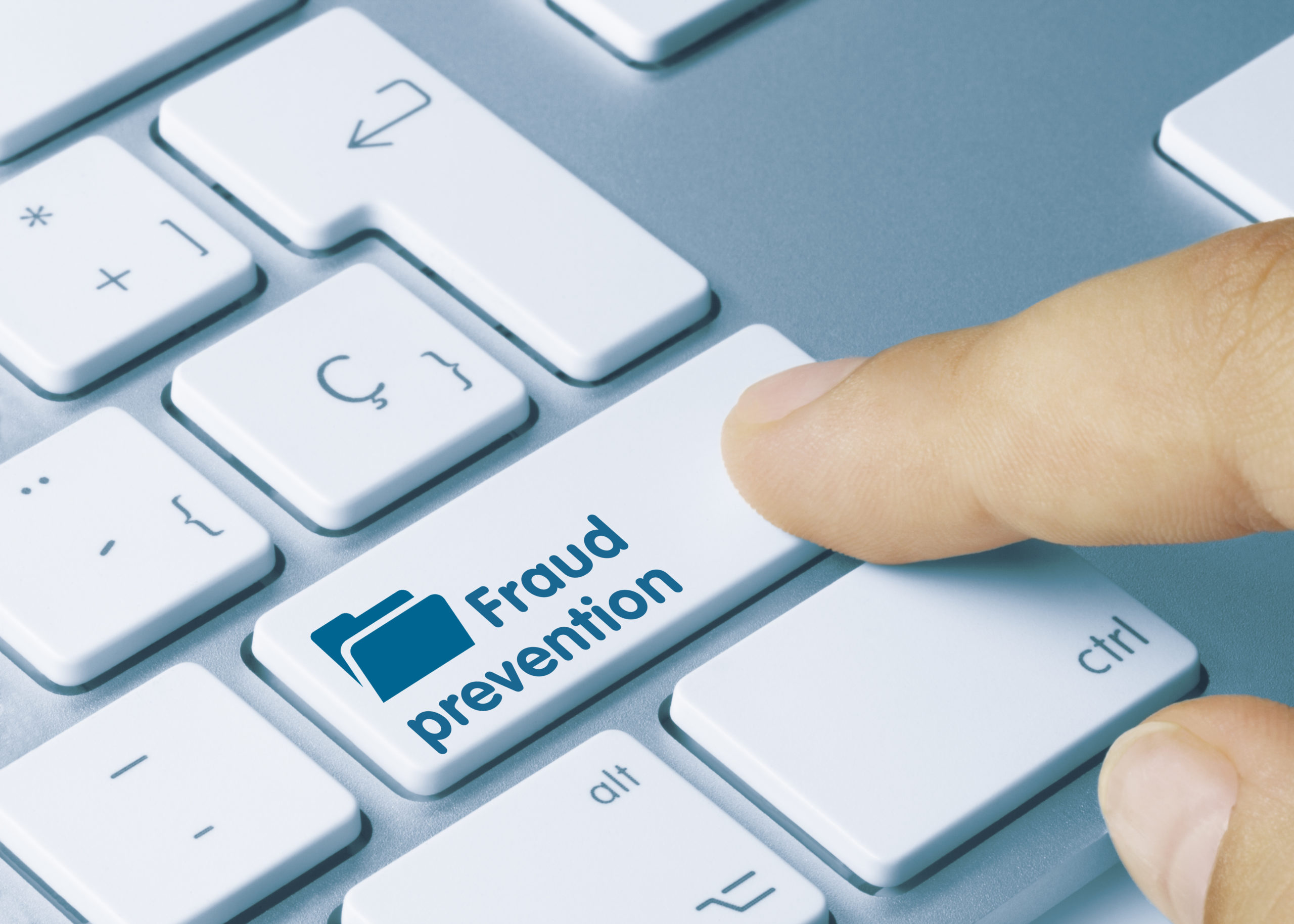Preventing fraud should be a high priority for everyone. Cyber criminals exploit our increasing reliance on technology. Methods used to compromise a victim’s identity or login credentials — such as malware, phishing, and social engineering — are becoming increasingly sophisticated and difficult to spot. A fraudster’s goal is to obtain information to access your accounts and assets or to sell your information for this purpose. Following safe practices and exercising caution when sharing information or executing transactions can help make a big difference. Here are some tips for preventing fraud:
Be Aware
- Be aware of suspicious phone calls, emails, and texts asking you to send money or disclose personal information. If a service rep calls you, hang up and call back using a known phone number.
- Beware of phishing and malicious links. Urgent-sounding, legitimate-looking emails are intended to tempt you into accidentally disclosing personal information or installing malware. Phishing emails will attempt to use a “From” name that you recognize, so also look closely at the email address to make sure it’s legitimate.
- Don’t open links or attachments from unknown sources. Instead, type the known web address in your browser.
- Check your email and account statements regularly for suspicious activity.
- Never enter confidential information in public areas. Assume someone is always watching.
- Don’t use public USB ports in airports, coffee shops, etc. They can be hacked to download all of your information through the cord. Only plug your devices directly into power outlets.
- Consider putting a preventative freeze or lock on your credit. Read our blog to explore the options.
Adhere to strong password principles
- Don’t use personal information as part of your login ID or password, and don’t share login credentials or “password formulas” via email. A password formula example would be “my password is my zip code and dog’s name.”
- Create a unique, complex password for each website and change it every six months. Consider using a password manager to simplify this process.
- Use “two-factor,” “dual-factor,” or “multi-factor” authentication if it is available. This type of authentication should be used with your password manager, email (most major email services now offer dual-factor authentication options), bank account, and investment account sites.
- Don’t use security questions that are easily searchable by fraudsters, such as your elementary school or mother’s maiden name.
- Password protect your phone, tablet, computer, etc. and don’t lend them to strangers.
Maintain updated technology
- Keep your web browser, operating system, antivirus, and anti-spyware updated, and activate the firewall.
- Don’t use free/found USB devices. They may be infected with malware.
- Check security settings on your applications and web browser to make sure they’re strong.
- Turn off Bluetooth when it’s not needed.
- Dispose of old hardware safely by performing a factory reset or removing and destroying all data storage devices.
Use caution on websites, email, and social media
- Don’t visit websites you don’t know (e.g., advertised on pop-up ads and banners). A best practice is to never respond to pop-up ads, as even those from reputable websites can be compromised.
- Log out completely to terminate access when exiting all websites.
- Don’t use public computers or free Wi-Fi, especially when logging into an account that requires your password. Use a personal Wi-Fi hotspot or a Virtual Private Network (VPN).
- Hover over questionable links to reveal the URL before clicking. Don’t click on any email links to access your online accounts. Instead, type the company’s web address into your browser to log in, view messages, etc. Remember that secure websites start with “https,” not “http.”
- Delete any emails that contain personal or account information from both your Inbox and Sent folders. And then be sure to delete them from your Trash folder.
- Be wary of “Unsubscribe” links in emails unless you know it is coming from a valid source. A better practice is to block the sender.
- Be cautious when accepting “friend” requests on social media, liking posts, or following links.
- Limit your sharing of information on social media sites. Assume fraudsters can see everything, even if you have safeguards.
- Consider what you’re disclosing before sharing or posting your résumé.
Looking for more information on fraud and internet crime prevention? Read our recent blog on Internet Crime Prevention Tips.
